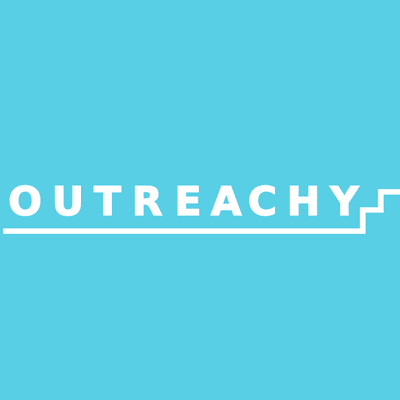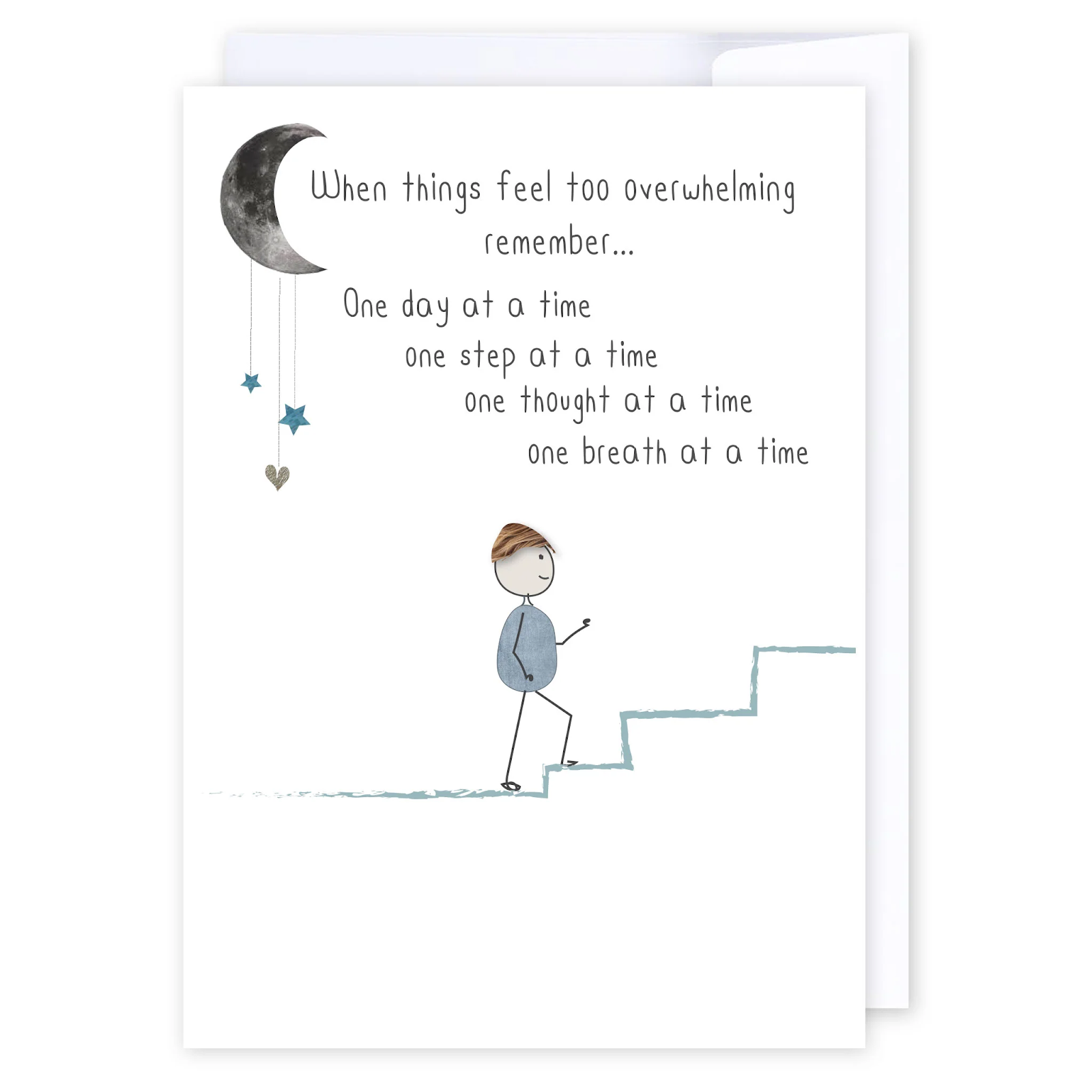Surviving (and Thriving) in the Outreachy Application Process: A Guide from Someone Who’s Been There
How I Stumbled into Outreachy (And Kept Coming Back for More)
Picture this: It’s my second year at university, I’m at a Google Developer Students Club meetup, casually sipping tea, when a girl (whose name I completely forgot—sorry!) drops a game-changing piece of information. She tells me about Outreachy, this incredible internship that pays you to work on open-source projects. Sounds like a dream, right?
So, I did what any ambitious techie would do—I applied. And guess what? I didn’t get in.
But did I give up? Nope. I applied again. And again. Still no luck.
Now, if this were a movie, this would be the part where I have a dramatic realization and finally succeed. Well… almost. The third time I applied, I actually made it through the contribution phase! But—I didn’t submit my final contribution, and that meant I didn’t get selected. Let me tell you, that hurt.
But you know what? I applied again. Because Outreachy isn’t just about getting in on the first try—it’s about persistence, strategy, and growth. And through all these applications, I learned a thing or two about how to approach the process the right way.
So if you’re reading this, hoping to land an Outreachy internship, let me save you some time and heartbreak. Here’s everything I wish I knew when I first started applying.
Step 1: Understand What Outreachy Is (And What It Isn’t)
Outreachy is a remote internship that connects people from underrepresented backgrounds to open-source projects. It’s paid (yay), lasts three months, and is an opportunity to gain real-world experience in open source.
However, Outreachy is NOT:
❌ A coding bootcamp (You need some skills beforehand.)
❌ A guaranteed internship (It’s competitive!)
❌ Just for developers (There are non-coding projects too—think documentation, UX, marketing, etc.)
If this still sounds like something for you, let’s move on.
Step 2: Choose Your Project Wisely
This is the most important step. I made the mistake of picking projects randomly in my first two applications. Bad move. Outreachy projects attract a lot of applicants, so you need to stand out.
How to Pick the Right Project:
✅ Match it to your strengths – If you’re a frontend dev, don’t pick a project that’s 90% backend if you don’t enjoy backend work. Play to your strengths.
✅ Be realistic about your learning curve – It’s okay to learn new things, but don’t pick something so foreign that you’ll struggle to contribute.
✅ Check the community activity – Is the project active? Are mentors responding? If it looks dead, run.
✅ Read previous applicants' experiences – Some projects are consistently more competitive than others. If you’re new, maybe don’t pick the most oversubscribed project.
Pro Tip: Stalk the project's GitHub, previous interns’ blogs, and community discussions to get an idea of what’s expected.
Step 3: Start Contributing (Like, ASAP!)
Once you’ve chosen a project, start contributing immediately. Some projects get 100+ applicants. The earlier you start, the more time you have to make an impression.
How to Contribute Effectively:
🚀 Join the community – Say hi in the project’s Slack, Discord, or mailing list. Let them know you’re interested.
🚀 Read the documentation – Don’t ask questions that are already answered in the README.
🚀 Make small but meaningful contributions first – Fix a minor issue. Improve documentation. Show you’re serious.
🚀 Ask smart questions – Instead of “How do I do this?”, ask “I tried X, but I’m stuck at Y. Can you point me in the right direction?”
🚀 Keep track of everything – Your GitHub commits, PRs, and discussions with mentors matter. Keep them organized.
Step 4: Survive the Contribution Phase
This phase is intense. Some projects get 50+ contributors, but only 1 or 2 get selected. Here’s how to stand out:
🔥 Be consistent – One great PR won’t save you if you disappear for two weeks. Keep contributing.
🔥 Communicate well – If you’re stuck, say so. No one expects you to know everything.
🔥 Engage with mentors and other contributors – Outreachy values teamwork. Be helpful to others.
🔥 Go beyond code – Write documentation, suggest improvements, or help review PRs. This shows initiative.
Step 5: Submit Your Final Contribution (Don’t Skip This!)
I learned this the hard way: If you don’t submit a final contribution, you won’t get selected. Even if you contributed a lot. Even if you’re amazing.
When the deadline approaches:
✔ Summarize your contributions – A clear list of what you did makes it easier for mentors to evaluate you.
✔ Reflect on what you learned – Outreachy wants to see growth.
✔ Submit on time – No excuses. No “I forgot.” Just do it.
Step 6: Prepare for the Results (And Keep Trying if Needed)
If you get selected—congrats! 🎉 If not, don’t be discouraged. Look at it as experience gained, and try again. Many Outreachy interns don’t get in on their first try.
If you don’t get in:
🔁 Ask for feedback from mentors.
🔁 Improve your skills.
🔁 Try a different project next time.
Final Thoughts: Advice to Future Outreachy Applicants
If you’re reading this and planning to apply for Outreachy 2026 (hello, future you!), here’s my best advice:
💡 Start early. Don’t wait until the last two weeks to contribute.
💡 Pick a project that matches your strengths. Outreachy isn’t the time for complete reinvention.
💡 Show up, be active, and engage with the community.
💡 Don’t take rejection personally. Keep applying, keep learning, and you’ll get there.
If I could go back in time and tell my second-year self something, I’d say: “Keep applying. Keep pushing. One day, it’ll all pay off.”
And if you need more help, check out the Outreachy community for guidance: Outreachy Website.
Good luck, and may your open-source journey be as exciting as a mystery novel (but with fewer plot twists)! 🚀


Comments
Post a Comment